Civil Space
Civil space includes the exploration of space, advancing space and aeronautics technologies, and observing and understanding our solar system and home planet, including the Earth’s climate and weather.
AIA Position StatementLook Toward the Future
AIA’s Space Division coordinates the positions of AIA member companies on civil space related issues, plans, funding, regulatory rules and policies for government agencies. Responsibilities include supporting the development of NASA’s space and technology programs and their supporting infrastructures, as well as tracking government space-related science activities, such as space science, meteorology, Earth science and remote sensing at NASA, NOAA, USGS, and other agencies. Current legislative and budgetary priorities include the FY24 CJS Approps Letter and the FY24 THUD Approps Letter.
Take Action Now
Maintain program stability and grow investments across a balanced portfolio
Space programs require multi-year planning and stable budgets given their complexity.
Sustain lunar and cislunar objectives
As NASA advances its plans to return to the Moon as a stepping stone for Mars exploration, it is imperative to maintain a lunar and cislunar presence to prevent ceding any part of the space domain to our adversaries.
Ensure continuous U.S. presence in low Earth orbit (LEO)
With International Space Station (ISS) operations extended to 2030, funding and developing policies that will enable an uninterrupted transition from the ISS to future commercial LEO destinations, supported by a diverse fleet of U.S. launch vehicles for cargo and crew, will ensure U.S. leadership and continuous U.S. human presence in LEO.
Recent News
Your Leadership ConnectionSpace Team
AIA’s space leadership team is well-positioned to address members’ issues and advocacy needs.




